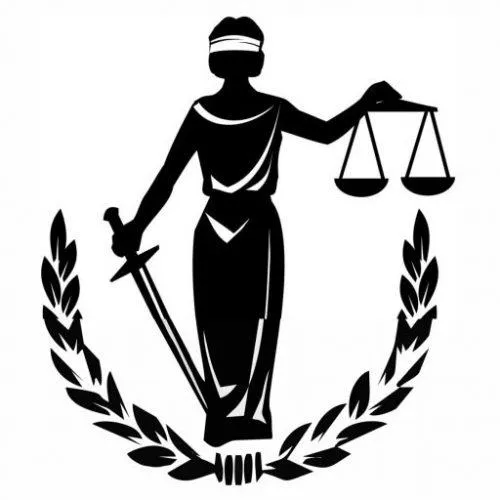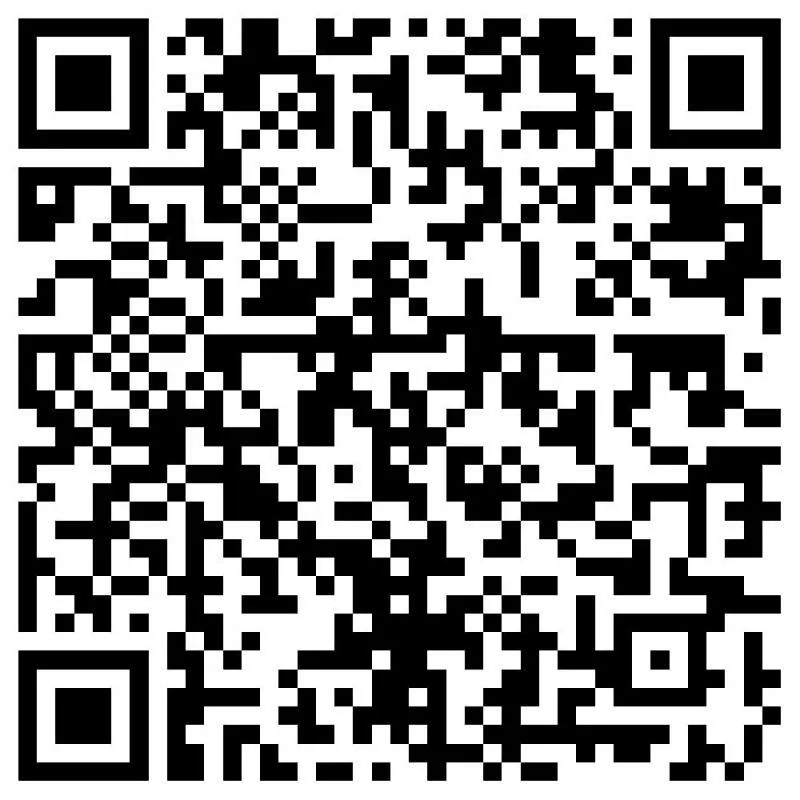Roger D Metcalf DDS, JD
Forensic Odontology
and Some Other Stuff
Odontologists--remember we need basic, foundational research in all areas of our discipline. Are our procedures scientifically valid and reliable?
Critically examine everything we've been taught. Question the scientific basis of every standard, guideline, best practice, or principle followed.
Keep in mind the quote often attributed to W. Edwards Deming: "Without data you are just another person with an opinion." I would add, if you use incorrect data, you may commit forensic malpractice, and, always remember: "First, do no harm."
We insist on evidence-based treatment in health care, why not in forensics?
Merely saying "we're following the science" without verifying that the "science" being followed is actually true is the same thing religions and cults do.

The following are some bitemark-related legal cases I find interesting. They are in no particular order. Most are of interest primarily to odontologists in Texas, but the principles may be applicable in other venues.
Doyle v. Texas, 263 S.W.2d 779, (Tex.Crim.App. 1954).
Doyle v. Texas, 263 S.W.2d 779, The seminal bitemark case in Texas, and the first bitemark case to be reported (in the legal sense) in the United States. The incriminating bitemark was left in a block of cheese during burglary of a grocery store, and both a firearms-and-toolmark examiner and a well-respected dentist examined the evidence-- which included an exemplar bite by Doyle in another, similar block of cheese he made at the Sheriff's request. Each analyst opined Mr. Doyle made the bite in the evidentary piece of cheese. On appeal, the only issue raised in error was that, before making the exemplar bitemark, Doyle did not receive the mandated warning against self-incrimination (a Texas requirement that predated Miranda by several years), and thus the bitemark evidence should not have been admitted. The Texas Court of Criminal Appeals held that biting into a piece of cheese was simply not self-incrimination as contemplated by the statute, and “[i]n fact, we fail to perceive any material distinction between the case at bar and the footprint and fingerprint cases so long recognized by this Court.”
Patterson v. Texas, 509 S.W.2d 857, (Tex.Crim.App. 1974).
This is the second bitemark case reported in Texas, twenty years after
Doyle. This case involved a bitemark made on a human breast, and thus might have been distinguishable from the foodstuff bitemark in
Doyle. Two important holdings from this case: (1) Mr. Patterson argued taking dental impressions of his teeth violated the unreasonable search and seizure provisions of the U.S. Fourth and Fourteenth Amendments to the Constitution, and, (2) he argued bitemark evidence was not scientific. The Court wrote concerning (1): “[w]e hold that to require the appellant to
produce a mold of his teeth is not in violation of any constitutional protection…[w]e hold requiring a defendant's teeth marks is...compellable.” And, showing the power of precedent, the Court wrote about (2) simply saying: “[w]e held similar evidence admissible in
Doyle. The objection goes to the weight rather than to the admissibility.”
Marquez v. Texas, 725 S.W.2d 217, (Tex.Crim.App. 1987).
Mr. Marquez was convicted of a heinous multiple murder and received the death penalty. On automatic appeal to the Texas Court of Criminal Appeals, Mr. Marquez argued, among other things, that the affidavit prepared in order to obtain a search warrant to recover blood samples from him and take dental impressions of his teeth was Constitutionally insufficient and therefore his Constitutional right to be secure from unreasonable search and seizure under the U.S. Fourth and Fourteenth Amendments to the Constitution and Art. I §9 of the Texas Constitution had been violated.
After considering the affidavit, the Court wrote: “[t]he allegations made in the affidavit are more than sufficient to show that the evidence to be seized constituted evidence of the offense…. In Patterson, this Court held that there was no constitutional impediment, either as a search and seizure or concerning the privilege against self incrimination, preventing the taking of dental impressions from a criminal defendant. The Court in Patterson likened dental casts to fingerprints for constitutional purposes. We hold this type of relatively unintrusive identification evidence to be seizable without constitutional implication.”
Spence v. Texas, 795 S.W.2d 743, (Tex.Crim.App. 1990).
Mr. Spence was convicted of capital murder in the regionally famous “Lake Waco” murders in the early 1980’s in Waco, Texas. Among the many points of error raised in his appeal were three claims regarding the bitemark evidence introduced against him at trial: (1) the State expert’s testimony was based on methods that were not scientifically proven and forensic odontology was not recognized by the scientific community, (2) Spence had been denied his right to counsel when he was compelled to allow dental impressions to be made, and, (3) the bitemark evidence had been obtained in violation of his Constitutional right to be secure from unreasonable searches and seizures
(1) The Court once again relied on the power of precedent when it wrote: “[t]his Court in Doyle… Patterson… and Marquez, without discussing what predicate must be laid before bite mark evidence becomes admissible evidence, approved the admissibility of bite mark evidence.”
The Court briefly discussed the then-current “ABFO Point
Scoring System” for objectively assessing and rating bitemark evidence, a system we dispensed with long ago as unweildy and unworkable, and concluded: “[a]lthough not finding unanimous agreement on what should be the proper predicate in determining whether bite mark evidence should be admissible, our research has not yet led us to a reported case where bite mark evidence has been ruled not to be admissible evidence.
In fact, courts in New York have ruled that courts may judicially notice the general validity of bite mark evidence…We agree with appellant that the field of forensic odontology is relatively new and that the experts in the field do not all agree on the exact number of similarities necessary to make a positive identification. However, as to the latter, we also find that it is not the
number of similarities, but their quality which is most helpful… notwithstanding that the reliability of bite mark evidence has not yet been universally accepted…we must disagree with appellant that bite mark evidence is accepted in the scientific community only as novel scientific evidence…
In any event, we find that bite mark evidence has received sufficient general acceptance by recognized experts in the field of forensic odontology that it is unnecessary for us to consider the applicability of the Frye test to this cause.” (emphasis added).
(2) Spence was not at a “critical stage” of the proceedings at the time the dental impressions were made of his teeth, and so there was no Constitutional right to the assistance of counsel at that point.
(3) Echoing assertions made by both Patterson and Marquez, Spence claimed the State should have been required to obtain a search warrant in order to obtain his dental impressions. The Court wrote: “[w]e are unable to agree with appellant….In Patterson (citation omitted), this Court held that there was no constitutional impediment, either as a search and seizure or concerning the privilege against self incrimination, preventing the taking of dental impressions from a criminal defendant….We hold this type of relatively unintrusive identification evidence to be seizable without constitutional implication… This Court also held in Patterson that "to require the appellant to produce a mold of his teeth is not in violation of any constitutional protection.” (emphasis added).
Ironically (and this is one of the few times the word "ironically" actually applies rather than the oft-misused word "coincidentally"), Spence's own Mom, Juanita White, was subsequently murdered and her case also involved a bitemark (see Texas v. Williams and Texas v. Washington for further details.)
Chanthakoummane v. Texas, No. AP-75,794, 2010 WL 1696789, (Tex.Crim.App. April 28, 2010) (not designated for publication).
Mr. Chanthakoummane was convicted of capital murder and received the death penalty for a brutal murder in Collin County, Texas. State's expert was a dentist, not board-certified, and he used bitemark analysis to include the lone suspect (contrast with Coronado, below). State's expert opined that "within reasonable dental certainty beyond a reasonable doubt" (whatever the heck that means) Mr. Chanthakoummane made the bitemark on decedent's neck. An extremely well-respected forensic odontologist, board-certified by the A.B.F.O., testified for the defense in a pre-trial hearing challenging admission of the bitemark evidence, and was rather critical of State expert's procedures and conclusions. Nonetheless, the bitemark evidence was admitted at trial, but as circumstantial evidence, and this decision was upheld on appeal.
Coronado v. Texas, 384 S.W.3d 919, (Tex. App.--Dallas 2012).
Mr. Coronado moved at trial to suppress (i.e. exclude) the bitemark testimony of State’s expert. The motion was denied, the bitemark evidence was presented, and Mr. Coronado was convicted. On appeal, Mr. Coronado’s single point of error was his claim that the trial court erred in admitting bitemark evidence. The Texas Fifth Court of Appeals in Dallas affirmed the trial court’s denial of the motion, i.e. upheld admissibility of bitemark evidence in Coronado’s trial. The Court of Appeals here presents an excellent analysis of the admissibility of scientific evidence in Texas criminal trials, weaving together considerations under the federal case Daubert and Texas cases Kelly, Nenno, and Vela, and very cogently explaining the difference between “hard” science and “soft” science.
An interesting point the appeals court noted in this case was that State's expert used bitemark analysis here primarily to exclude suspects--the very type of analysis that even the disputed "N.A.S. Report" found was a useful application of bitemark analysis.
Milam v. Texas, No. AP–76379, 2012 WL 1868458, (Tex.Crim.App. May 23, 2012) (not designated for publication).
Mr. Milam was convicted of capital murder in Rusk County and received the death penalty; his appeal was automatic to the Texas Court of Criminal Appeals. Among the issues he raised on appeal was that the bitemark evidence presented at trial had not been processed in a properly D.P.S.-accredited facility as required by Texas Code of Criminal Procedure Art. 38.35 and Texas Government Code 411.0205. Milam argued that the State’s dental expert who performed the bitemark analysis did so as part of the
expert’s private dental practice, rather than directly for the crime lab, and as such his private practice was not an accredited odontology laboratory as required by the statute. The Court held that (a) the expert did indeed, constructively, perform the analysis for the crime lab, not as part of his private practice, and, (b) although there is no accreditation available specifically for odontology laboratories (which in itself probably rendered the point moot under Government Code 411.0205(c)(1), I would argue), this reputable, very well-respected crime lab was extensively accredited in
many disciplines, including the area of impression evidence. Bitemark evidence was noted to be a species of impression evidence.
(Accreditation applies to laboratories, and board-certification to individuals. Although no known accreditation is currently available specifically for odontology laboratories, State's expert here was very well-experienced and was board-certified by the American Board of Forensic Odontology [A.B.F.O.]. Accreditation of an odontology lab is a red-herring issue, though, because an "odontology lab" in virtually every instance would consist of only the lone forensic odontolgist, so accreditation would be redundant of board-certification--that may be why no organization offers accreditation for odontolgy labs! Whether or not State's expert was board-certified and experienced would be the more pertinent inquiry.)

Roger D Metcalf DDS, JD
PO Box 137442
Fort Worth, TX 76136-1442
ph: +1-817-371-3312
fax:+1-817-378-4882
© 2013 - 2024. Roger D Metcalf. All worldwide rights reserved.
No reproduction without permission.
Neither the Tarrant County Medical Examiner's District, Tarrant County, the American Board of Forensic Odontolgy, the American Society of Forensic Odontology, the Royal College of Physicians, Oklahoma State University, nor any other organizaion mentioned here necessarily supports or endorses any information on this website. Any opinions, errors, or omissions are my responsibility, and mine alone. This site DOES NOT REPRESENT the official views of any of these--or any other-- organizations. Similarly, those other organizations may not fully represent my views, either.
